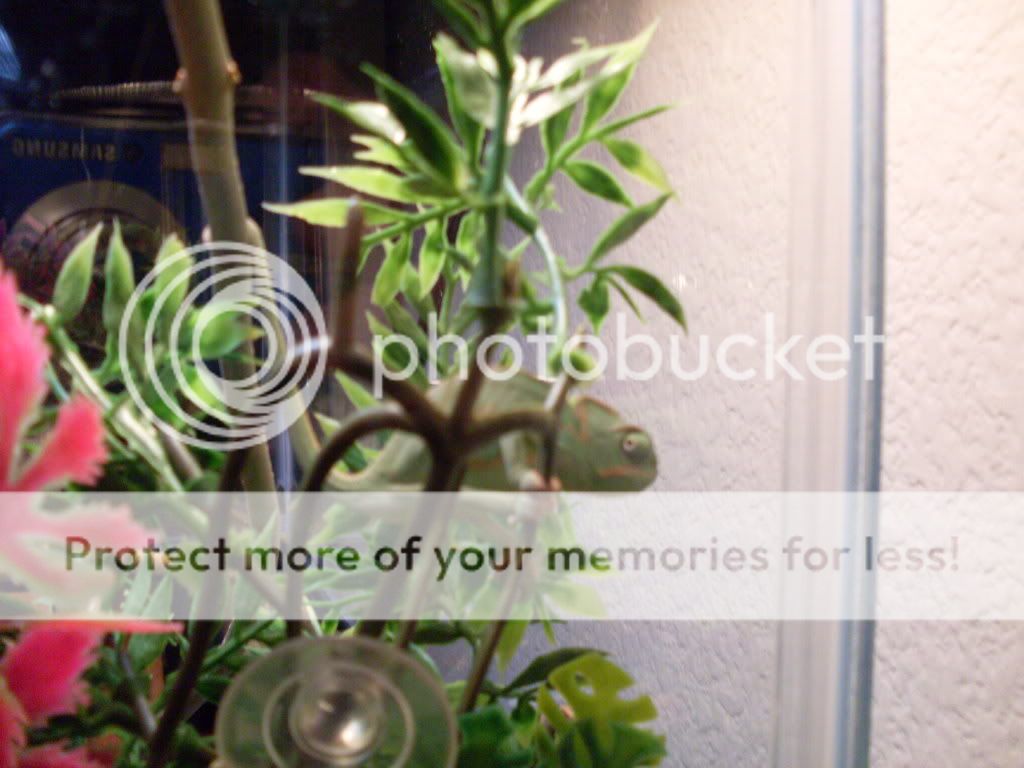Lamesmurf
New Member
I just got this guy today. How does he look? He ate some crickets when we got home and has been basking today. This is my first go with these guys any advice?

Also, yes he is in a aquarium please don't freak. His screen cage is in the mail on the way. I was asked to come pick him up a week early. New pics when the cage arrives.

Also, yes he is in a aquarium please don't freak. His screen cage is in the mail on the way. I was asked to come pick him up a week early. New pics when the cage arrives.







